Wisdom Teeth
Wisdom Teeth
What Are Wisdom Teeth?
Wisdom teeth, otherwise known as third molars, are usually the last teeth to emerge through the gums. They start to form in the jaws from adolescence and may start to emerge anyway from late teens to early adulthood.
Most people don’t have sufficient room in their jaws to accommodate wisdom teeth, and the tooth may become “impacted” where it fails to erupt or it only partly erupts. In some cases this may lead to health concerns.
Problem With Wisdom Teeth
There are a number of reasons why wisdom teeth may require removal. This includes the potential to develop pain, infection, decay, ulcers, gum disease, food trapping and damage to the adjacent teeth, cysts and dental crowding. It may be best to remove the wisdom teeth before they cause these problems, and your Surgeon will discuss whether extraction is recommended, and if so, the urgency and best timing of surgery.
Anaesthesia
Wisdom teeth can be removed under local anaesthesia, sedation or general anaesthesia. The most suitable anaesthetic option is dependent on a number of individual factors, which will be discussed with your during your consultation.
Conditions we treat at WA Oral and Maxillofacial Surgery
We provide comprehensive diagnosis and management of oral and jaw conditions, all over Perth.
Dental Implants
Dental implants are used to replace missing teeth, by the surgical placement of artificial tooth roots. Read more.
Wisdom Teeth
Wisdom teeth, otherwise known as third molars, are often the last teeth to emerge through the gums. Read more.
Tooth Extraction
There are various times in life when people need to have a tooth removed either by a dentist or oral surgeon. Read more.
Dento-Alveolar Surgery
This surgery involves the alveolus – the section of the jaws which contains or has contained teeth. Read more.
Corrective Jaw Surgery
Orthognathic surgery is used to align the jaws, and is used for management of a number of conditions. Read more.
TADs & Bone Plates
These are mini plates and/or screws that are placed in the mouth in strategic locations to facilitate orthodontic tooth movement. Read more.
Oral Pathology
Abnormalities of the jaws, face and neck which are some of the body’s most complex anatomical region. Read more.
Facial Injuries
Facial injuries can involve the hard and soft tissues of the jaws, eyes sockets, nose or forehead. Read more.
